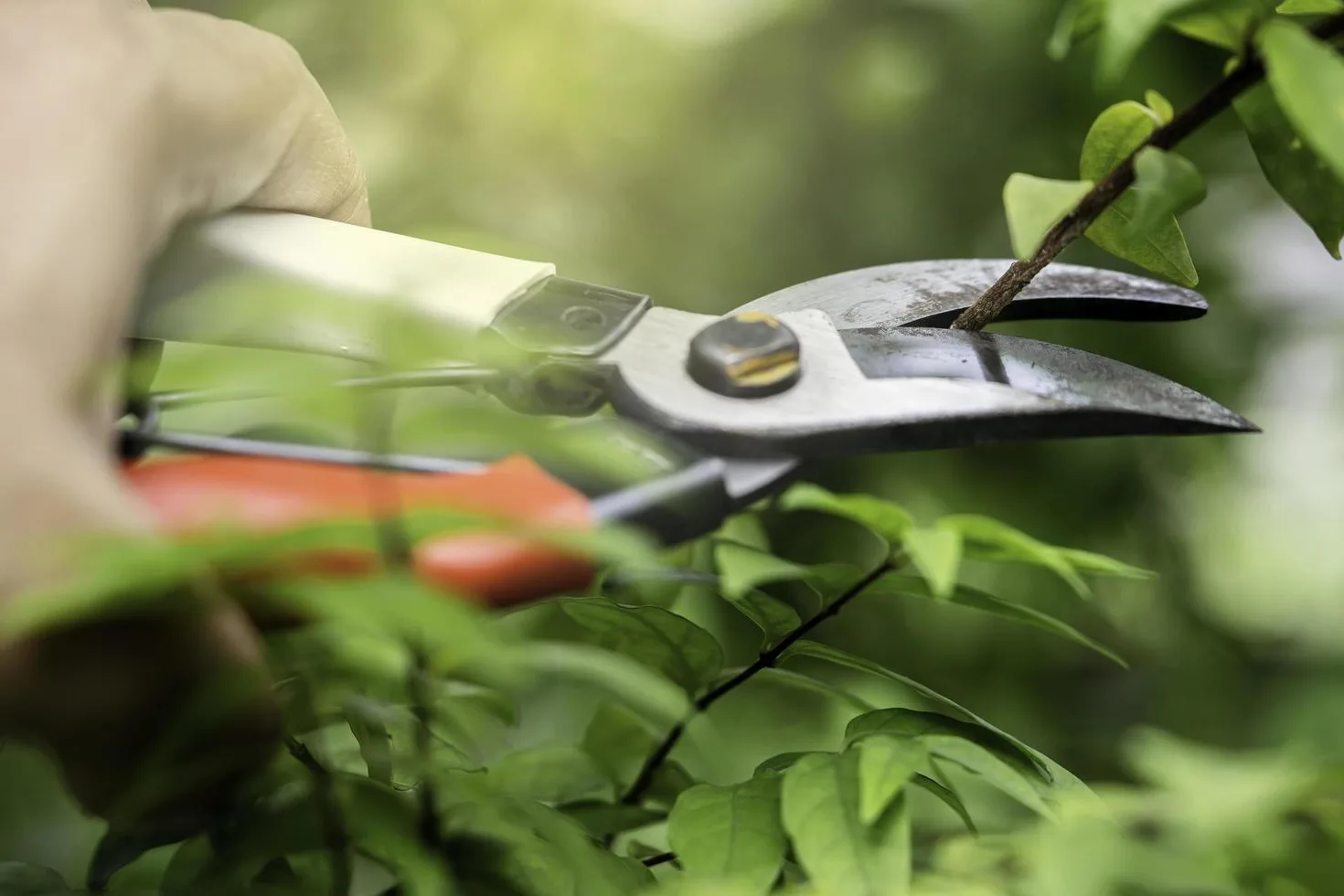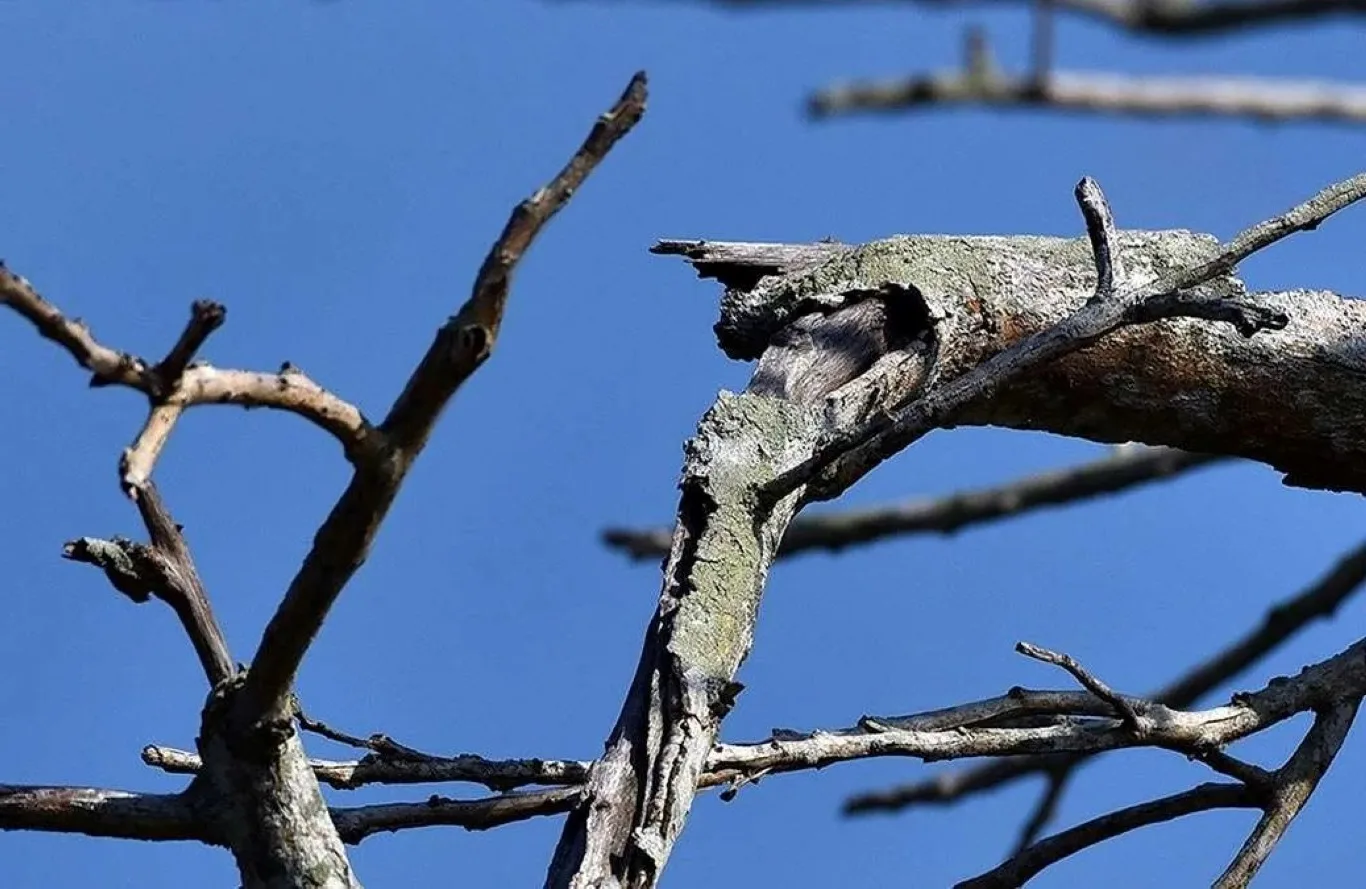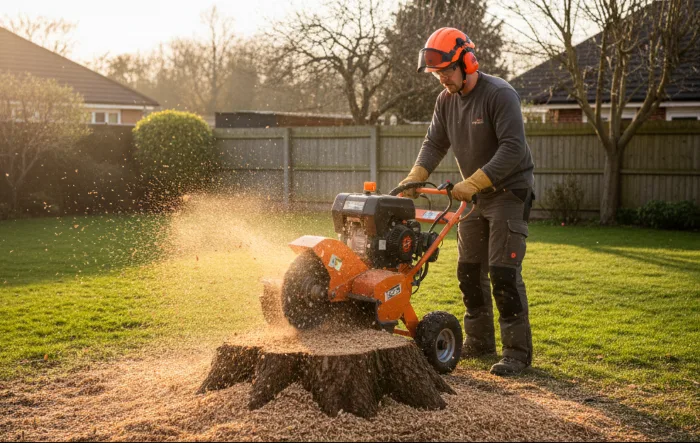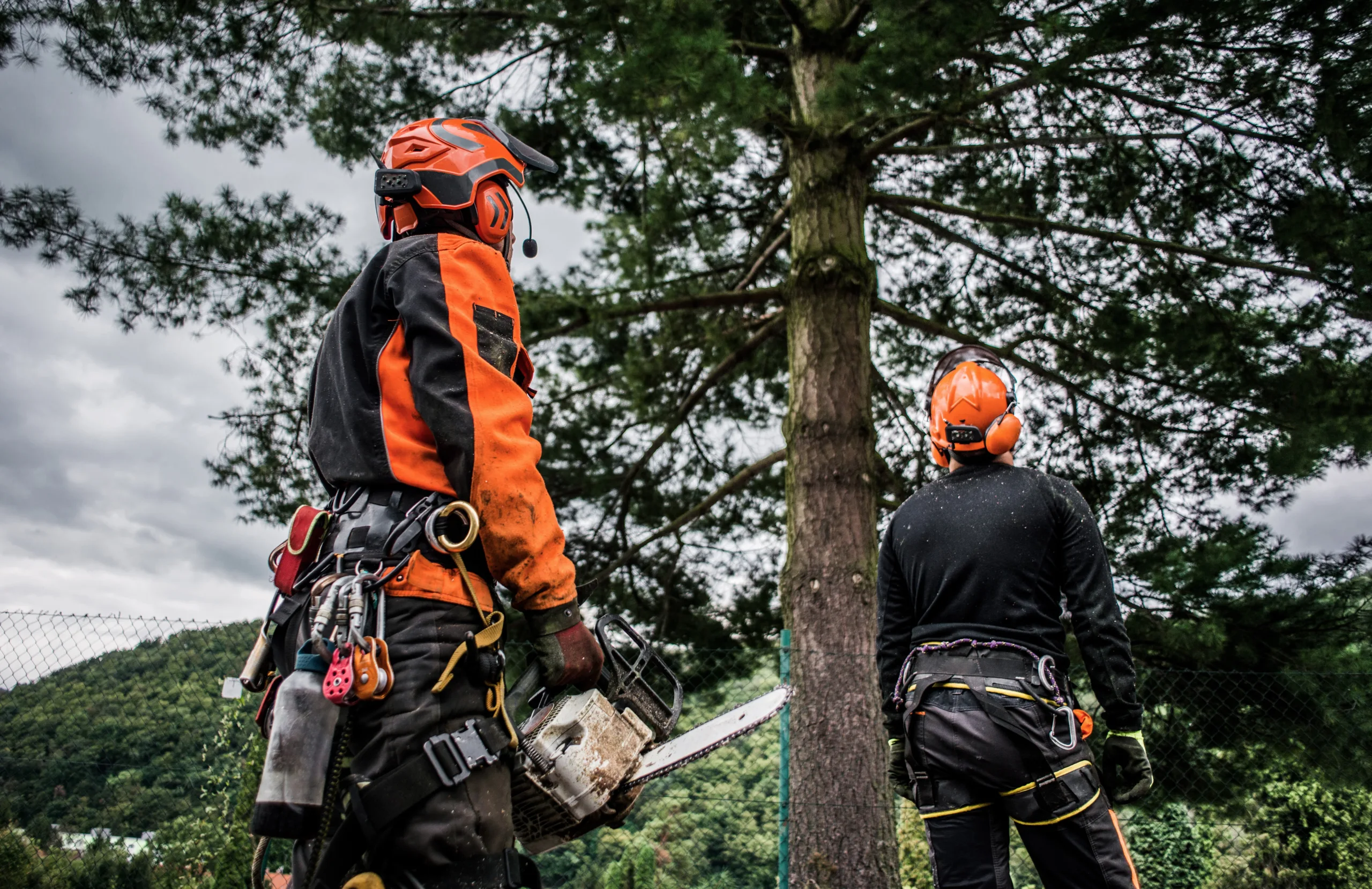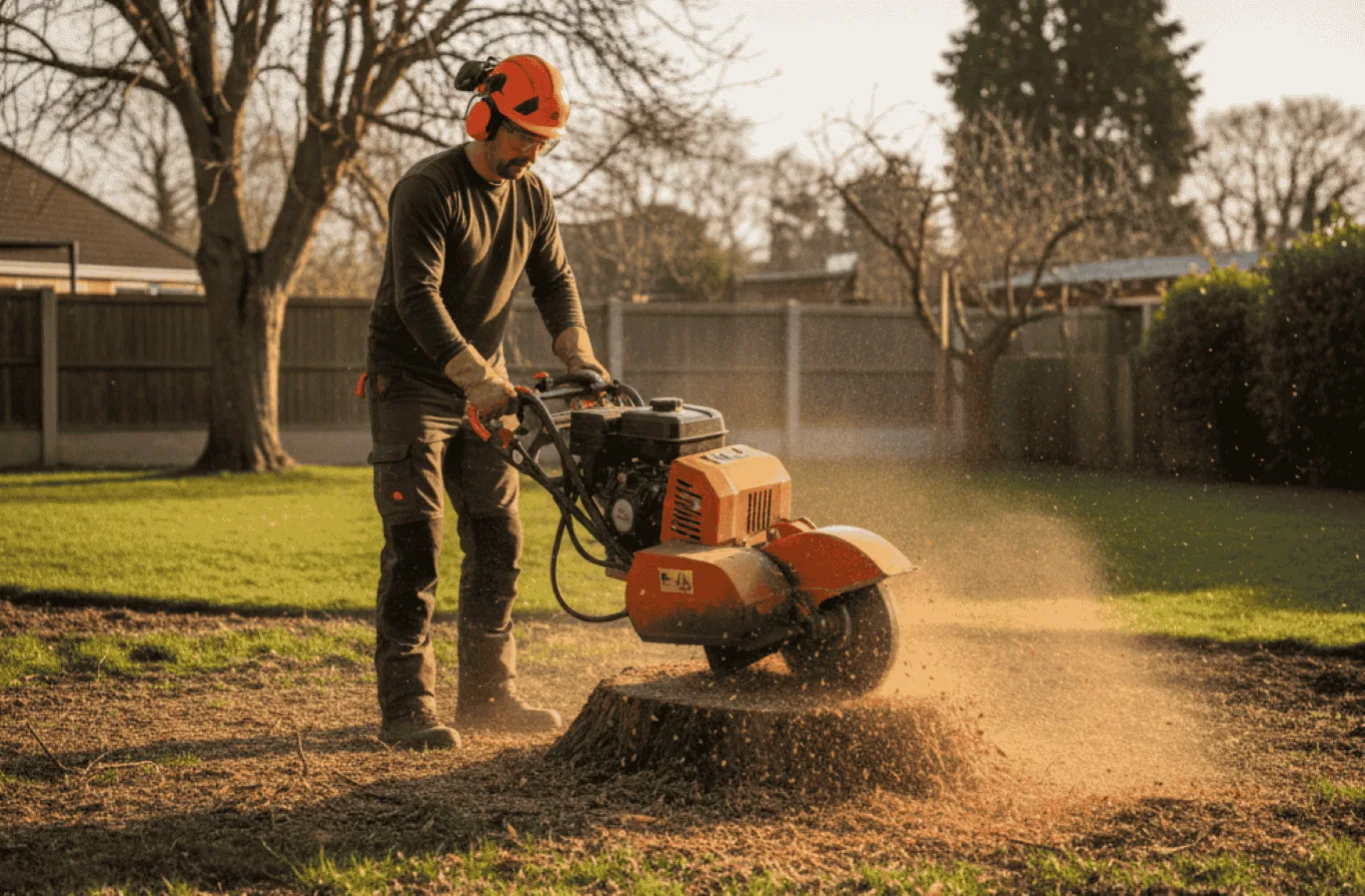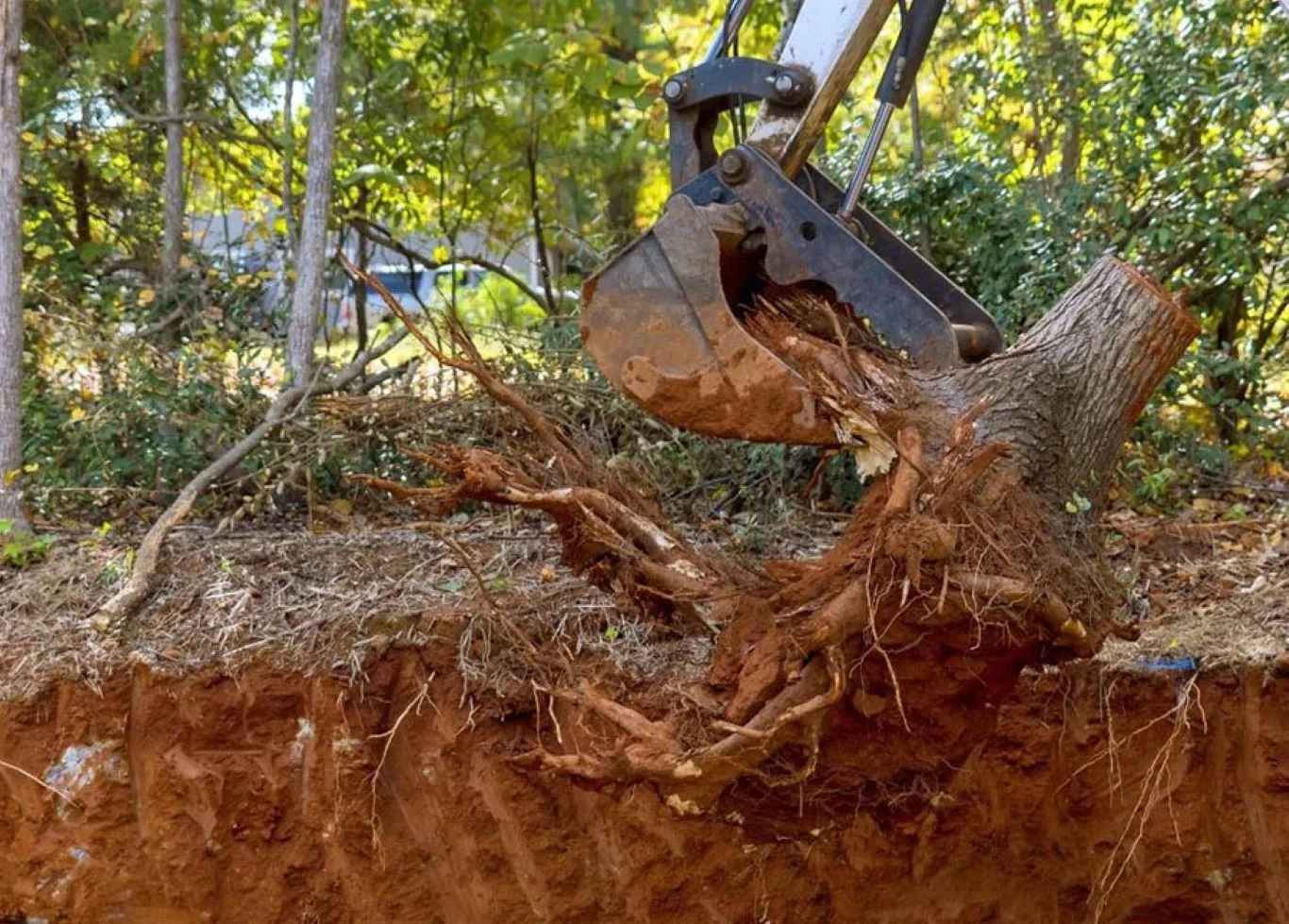Maintaining a healthy, vibrant garden in East London isn’t just about planting flowers and watering the lawn. One of the most overlooked aspects of garden care is tree pruning—a vital practice that significantly improves both sunlight penetration and airflow in your outdoor space. Whether you’re a homeowner with a private garden or managing communal green areas, understanding how and why to prune your trees can transform your landscape.
In this article, we will explore the importance of tree pruning in East London, particularly how it contributes to better sunlight and air circulation. We’ll delve into techniques, timing, safety, local regulations, and more.
Why Tree Pruning Matters in Urban Gardens
Urban gardens in East London often face space limitations, neighbouring properties, and shade from buildings or overgrown vegetation. Without proper tree management, dense canopies can block sunlight, create damp spots, and limit plant growth underneath. Inadequate airflow can also foster mould, mildew, and diseases.
Pruning isn’t about just cutting branches at random—it’s about strategic trimming to support tree health, garden vitality, and environmental balance.
1. The Role of Sunlight in Garden Health
Sunlight is crucial for plant photosynthesis—the process by which plants produce energy to grow. In shaded gardens, even sun-loving plants struggle to survive. Dense tree canopies block natural light, which can:
- Inhibit lawn and plant growth
- Encourage moss and fungus on patios and soil
- Lead to leggy or wilted plants due to lack of energy
By removing unnecessary branches and thinning the crown of your trees, pruning helps sunlight filter down to the ground level, revitalising shaded plants and improving your garden’s overall aesthetic.
How Pruning Improves Sunlight Penetration
- Crown Thinning: Reduces the density of branches within the crown without altering the overall shape.
- Canopy Raising: Involves trimming lower branches to increase clearance and let light pass through.
- Directional Pruning: Encourages growth away from windows, patios, or flower beds, allowing better light access.
2. The Importance of Airflow in Tree and Garden Health
While sunlight fuels growth, airflow maintains health. Poor ventilation in gardens can result in excess moisture, leading to fungal infections, mould, and pest infestations.
How Tree Pruning Improves Airflow
- Reduces Dense Clusters: Thinning out internal branches allows air to circulate freely.
- Prevents Fungal Growth: Fungus thrives in damp, dark environments. Better airflow keeps foliage dry.
- Discourages Insect Habitats: Many pests prefer stagnant, humid areas; pruning makes the environment less hospitable.
3. Types of Pruning Techniques Suitable for East London Gardens
Each garden is unique, so it’s essential to tailor your tree pruning technique to your specific setting.
a. Crown Thinning
- Purpose: To allow more light and air to pass through the tree without changing its overall size or shape.
- Best for: Large, mature trees with dense foliage.
b. Crown Lifting
- Purpose: Removes the lower branches to clear space below the canopy. Ideal for letting light through to underplantings or to clear walkways.
- Best for: Small gardens or properties with pedestrian access underneath trees.
c. Crown Reduction
- Purpose: Reduces the overall height or spread of the crown, often used to control the size of the tree in tight spaces.
- Best for: Trees near buildings or neighbouring properties.
d. Deadwooding
- Purpose: Removes dead, dying, or diseased branches.
- Best for: All trees; improves safety and health.
4. The Best Time to Prune Trees in East London
Timing is critical when it comes to effective tree pruning. The wrong season can shock the tree or cause it to become vulnerable to disease.
Recommended Seasons:
- Late Winter to Early Spring: Ideal for most trees. The tree is still dormant, and pruning at this time promotes vigorous growth come spring.
- Mid to Late Summer: Suitable for slowing down growth or correcting shape.
Avoid autumn pruning, as this can stimulate new growth that will not harden off before winter frosts.
5. Local Considerations for Tree Pruning in East London
East London is a densely populated area with varied tree ownership, conservation zones, and local authority guidelines.
a. Check for Tree Preservation Orders (TPOs)
Some trees, especially older or rare species, are protected under Tree Preservation Orders. You must get permission from your local council before any work is carried out.
b. Consider Your Neighbours
Pruning trees along boundary lines should be done with courtesy and potentially in agreement with neighbours—especially if branches overhang their property.
c. Hire a Certified Arborist
Professionals offering tree pruning in East London will understand local regulations, proper techniques, and safety protocols. They can also manage necessary council permissions.
6. Tools & Safety Tips for DIY Tree Pruning
If you’re confident in your skills and your tree is manageable in size, you can attempt minor pruning yourself.
Essential Tools
- Bypass Pruners for small branches
- Loppers for thicker branches
- Pruning Saws for large limbs
- Pole Pruners for higher branches
Safety Guidelines
- Wear protective gloves and safety goggles
- Never prune trees near power lines—call your utility provider
- Use ladders safely or hire a professional for high branches
- Disinfect tools before and after use to prevent disease spread
7. How Regular Pruning Promotes Garden Biodiversity
A well-lit and ventilated garden encourages a greater variety of plants, flowers, and wildlife.
- Improves growth of sun-loving flowers and shrubs
- Encourages bees and pollinators to thrive
- Reduces risk of disease spreading from one plant to another
- Creates microclimates in garden zones
By making your garden more hospitable, tree pruning supports a diverse, balanced ecosystem.
8. Common Tree Species in East London and Their Pruning Needs
Knowing the tree types common in your area helps with planning the right pruning method.
a. London Plane Trees
- Require regular crown reduction to control size
- Often found in urban streets and communal gardens
b. Cherry and Apple Trees
- Benefit from annual pruning to maintain shape and promote fruiting
- Ideal for letting in more light for undergrowth
c. Silver Birch and Rowan
- Typically need light crown thinning
- Respond well to pruning in early spring
9. Environmental Benefits of Tree Pruning
While tree pruning serves aesthetic and health-related purposes, it also provides significant environmental value.
- Reduces wind resistance, lowering risk of storm damage
- Supports healthy carbon absorption by stimulating new growth
- Minimises disease, keeping local green spaces resilient
- Improves urban air quality with healthier foliage
10. Hiring Professional Tree Pruning Services in East London
While DIY pruning can be effective for small tasks, large or complex jobs should be left to professionals.
What to Look for:
- Certification from the Arboricultural Association
- Insurance coverage for liability
- Understanding of local council regulations
- Reviews and portfolio of work in East London areas like Hackney, Stratford, or Walthamstow
Hiring professionals ensures safety, compliance, and long-term tree health.
Conclusion
Tree pruning is more than just tidying your garden—it’s an essential practice that improves sunlight exposure and airflow, encourages healthier plant life, and enhances the usability of your outdoor space. Especially in urban areas like East London, where space is at a premium, effective tree pruning can make a dramatic difference.
Whether you're dealing with overshadowed flower beds, humid corners prone to mould, or just want to improve the beauty and biodiversity of your garden, investing in tree pruning in East London is a smart and sustainable decision.
If you’re unsure about how or when to prune, consult a local arborist or tree care company that understands East London’s unique environmental and regulatory landscape. Your garden—and your trees—will thank you.

